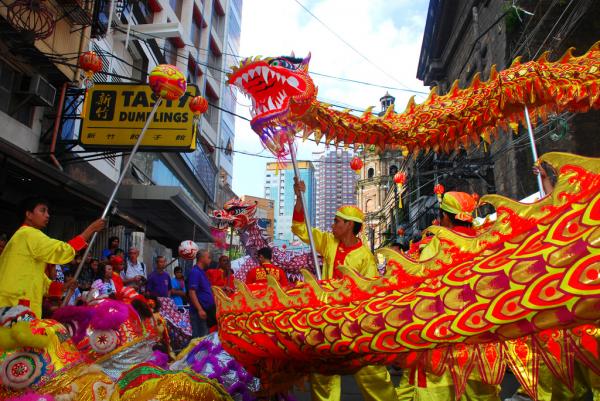
Chinese New Year 2014, Year of the Wooden Horse
by Xtian Mack on January 31, 2014As there are significant numbers of Chinese in the Philippines, and that Chinese culture, traditions, and influences have become part of Philippine society as well, the Chinese New Year is celebrated with reverence and revelry in the many places associated with the Chinese living in the Philippines, like Binondo. The celebrations and festivities are colorful and lively and showcase the best of Chinese culture, like lion and dragon dances.
» Read More
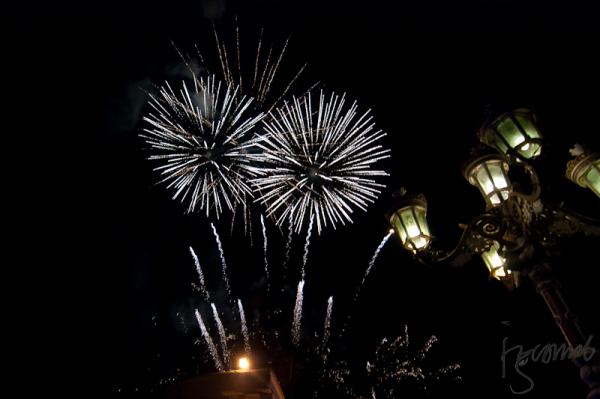
New Year Celebrations in the Philippines
by Xtian Mack on December 28, 2013In the Philippines, New Year's Eve (Bisperas ng Bagong Taon) is a non-working holiday. Filipinos usually celebrate New Year's Eve in the company of family and close friends. Traditionally, most households host or attend a Media Noche (dinner party). Typical dishes include pancit and hamon. Lechon (roasted pig), is usually prepared and set as the centerpiece of the dinner table. Barbecued food is also an integral part of the menu.
» Read More

Celebrating the Days of Holy Week in the Philippines
by Jhaypee Guia on November 8, 2012Holy Week, also known as Semana Santa in Spanish or Mahal na Araw in Filipino, is a very important event in the Philippines. Filipinos Catholics are known for their devotion, which is why they spend much effort and reverence during the celebration.
» Read More

The Day before the Traslacion of the Black Nazarene
by Jhaypee Guia on January 14, 2013The feast of the Black Nazarene is one of the most awaited celebrations in the Philippines. The feast is part of the religious culture of Filipinos. It only goes on to prove that most Filipinos are devout and very faithful. The Black Nazarene is also called “Nuestro Padre Jesús Nazareno” in Spanish and "Poong Itim na Nazareno" in Tagalog. The statue is currently enshrined at the Minor Basilica of the Black Nazarene in Quiapo district, Manila, Philippines, where it is venerated every Friday with novena and holy masses.
» Read More
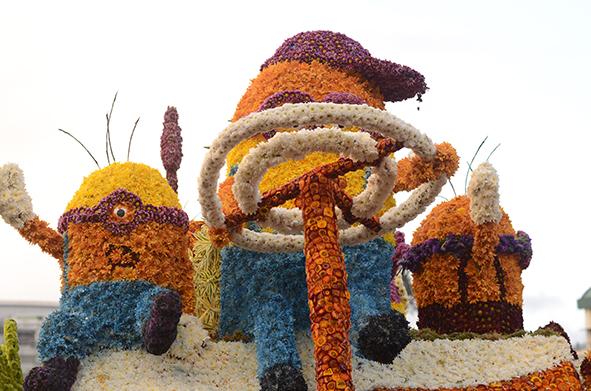
Panagbenga Festival 2014: The Color and Excitement Continues
by Christian Mack on March 8, 2014On its 19 year and incarnation, the Panagbenga Festival of Baguio, known as the Summer Capital of the Philippines, continues its legacy this 2014 of bringing color and excitement to the city. Millions come to the City to take part of the revelry each year drawn by great program, floats, activities, parades and attractions.
» Read More
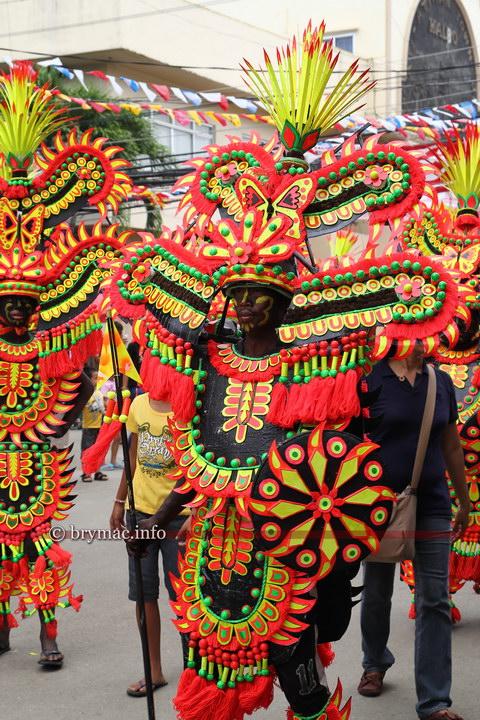
Ati-atihan 2013 Schedule of Activities and Events
by Xtian Mack on January 8, 2013The Ati-atihan Festival of Kalibo, Aklan is arguably one of the most awaited events in the Philippines, drawing thousands of devotees and tourists every year. This unique Filipino festival is a celebration of the cultural heritage of the province and features parades and processions for days on end.
» Read More
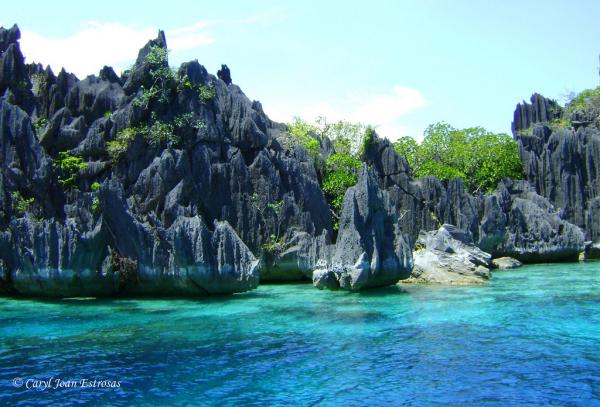
2013 as a Promising Year for Philippine Tourism
by Xtian Mack on January 7, 2013After the spectacular performance of the Philippine tourism sector last year, with the Department of Tourism citing the success of “It’s more fun in the Philippines” campaign which was launched with much fanfare last year, 2013 is shaping up to be an even promising year for Philippine tourism.
» Read More

Experience the Best of Taguig Festivals!
by Jane Dacumos on July 21, 2012The fiesta is a big part of Filipino culture, a regular celebration to give thanks to their patron saint, or recognize their rich culture, tradition, and favorite products.
» Read More
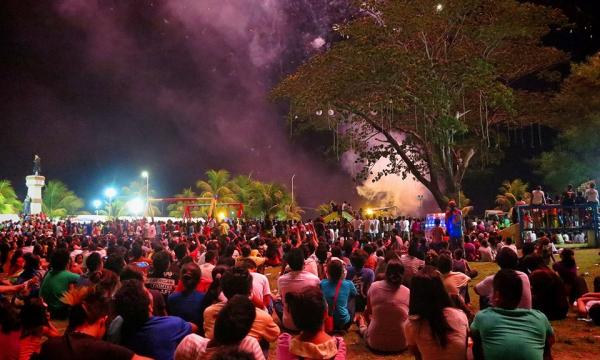
SKIES THE LIMIT
by Michael Ocampo on May 27, 2015The City of Guihulngan culminated their fiesta activities with a two hour firework competition at the Rizal Freedom Park fronting the sea.
» Read More
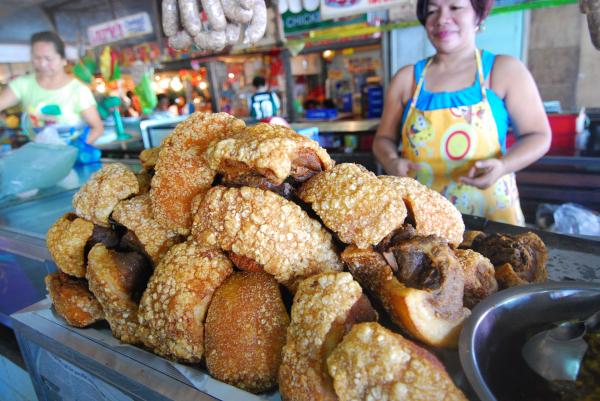
Taste the Delectable Bagnet of the North: Best of Narvacan
by Jhaypee Guia on January 15, 2013Bagnet is one of the well-known and well-liked food of Filipinos. In other towns, bagnet is also called "sitsaron" or "chicaron," but it's just synonymous to the bagnet of Narvacan. Bagnet is very popular in Ilocos Sur, particularly in the town of Narvacan where the Bagnet Festival is celebrated every year in the month of December. The agricultural town of Narvacan is a well-known producer of various great quality products such as tobacco, rice, onion, corn and the so-called golden leaf. But apart from that, the town is also the home of one of the best-tasting treats in the Philippines, the Bagnet.
» Read More
